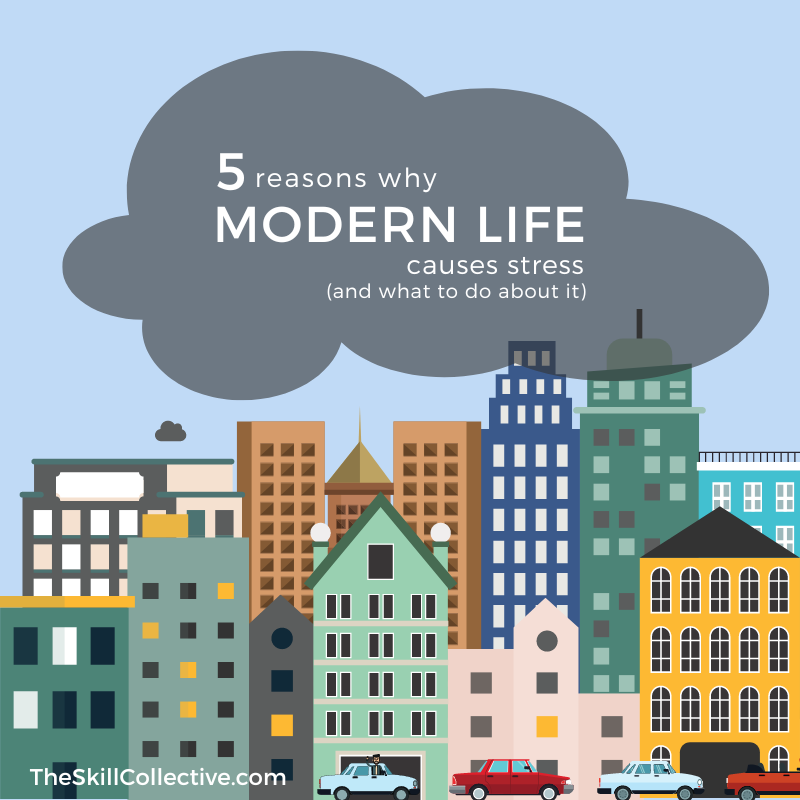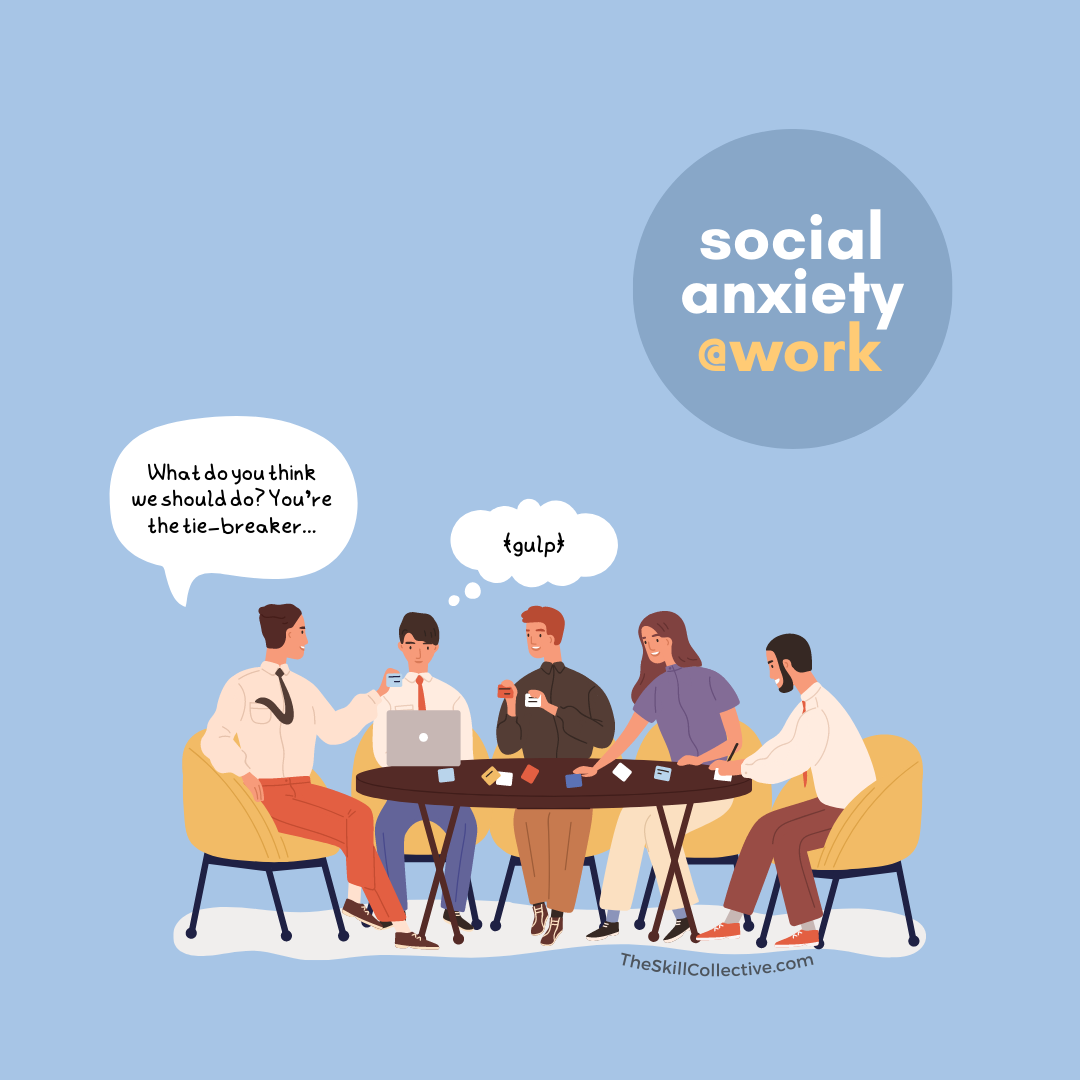How a planner can help you to better manage anxiety
Keep track of your anxiety by monitoring your mood and sticking with healthy habits. Here we outline how the humble planner can help you to achieve your goals when it comes to anxiety.
7 tips for living with social anxiety
Living with social anxiety can be limiting and lonely. If you find that your fear gets in the way of you living your best life, read on to find out how to turn things around.
5 reasons why modern life causes stress (and what to do about it)
(Updated July 2023) Experiencing stress and burnout? The stressors of modern day and lifestyle challenges may be making things worse. Here’s what to do about it.
Social anxiety at work: How social anxiety affects your performance
What is it like showing up at work when you live with social anxiety? In this article we dive into tips to help you better manage social anxiety in the workplace.
How a planner can help you stay on track with your studies
Between studies, assignments, paid work, volunteer work, sporting commitments, social life… is it any wonder things that student life can feel overwhelming? Here’s how to use your a study planner to organise yourself.
Low self-esteem: How perfectionism sets us back...
Why does wanting to be so good leave us feeling so bad?
Low Self-Esteem: Thoughts + Thinking Styles
Is your self-talk dragging your self-esteem down? Here’s how thoughts and thinking styles leads to low self esteem







